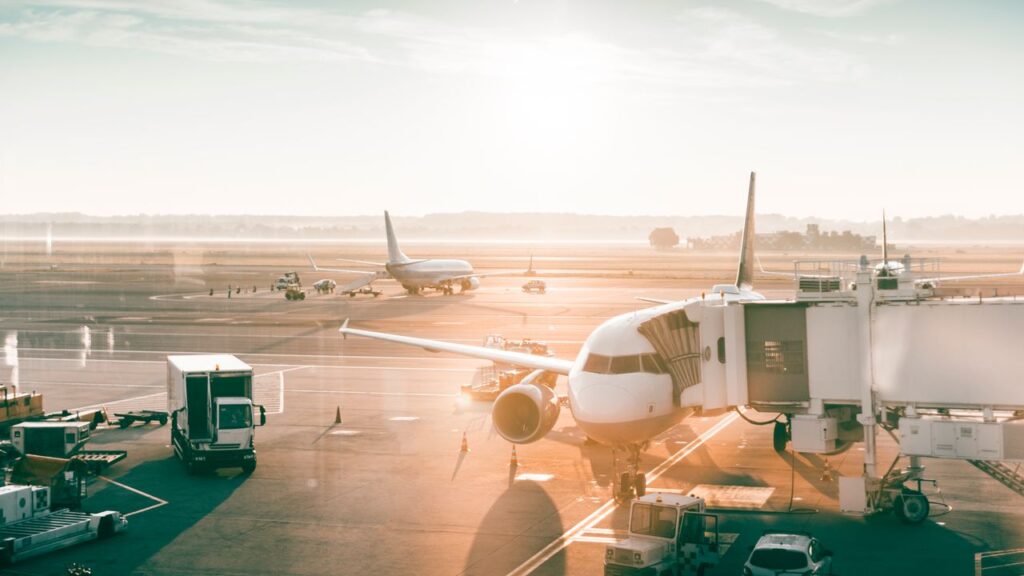An internal tech outage led to a United Airlines ground stop at major US airports on August 6, delaying hundreds of flights.
The outage was resolved within a few hours and was not related to cybersecurity issues, United said in a statement shared with Condé Nast Traveler. The tech failure was related to an internal system named Unimatic, which houses flight information that is then fed to other systems, such as those that calculate aircraft weight and balance and track flight times.
United is treating the disruptions as a controllable delay, which means passengers with delays of 3 hours or more will be reimbursed for overnight hotel accommodations, meals, and ground transportation.
Airline technology disruptions like these can leave passengers stranded on planes or hunkered down in terminals for hours as airline operations come to a screeching halt. Multiple US airlines, including American, Delta, Southwest, United, and Alaska Airlines have faced IT system failures in recent years. The most severe of the bunch was caused by a CrowdStrike issue in 2024, leading to thousands of canceled flights around the world. While that one impacted multiple major airlines in the US, others are isolated to specific carriers: Alaska Airlines experienced “a significant IT outage” on July 20, 2025 that resulted in a system-wide ground stop of flights for both Alaska and its regional subsidiary Horizon Air.
Here’s what to know if you get caught in the middle of an airline tech meltdown—and how to receive compensation for flight delays and cancellations.
This story has been updated with new information since its original publish date.
Are airline tech disruptions happening more often?
Unfortunately, it appears that airlines are experiencing IT system outages on a more frequent basis. “As airline operations and pricing get increasingly complex, airline IT failures happen with increasing frequency and to a greater technical extent,” says Travelers United, a consumer advocacy group. “The complex airline systems [are] cobbled together from bits and pieces of different airlines as mergers over recent years have reduced airline competition.”
Often, these type of technical failures affect systems like the crew management software, which is a key component of flight operations. Systems like this have “so many dimensions to factor, including the passage of time, individual flight crew members with rules governing their work hours, routes, aircraft, and location of all of these people and planes at that moment in time,” explains Mike Arnot, an airline expert and founder of the aviation communications firm Juliett Alpha. “However, sometimes it’s so bad, with planes and people so out of position, a huge number of flights need to be canceled to reset. They just have to take drastic action to reset the entire operation and get planes and people in position to start again.”
How to get help from customer service fast
It’s no surprise that in an airline IT meltdown, representatives quickly become overwhelmed. “When you need help during a major airline event, the biggest challenge is reaching someone,” says Gary Leff, a travel advisor and author of aviation blog View From the Wing. “Phone lines are overloaded. Often the website and mobile app will crash as too many customers seek help.”
https://www.cntraveler.com/story/airline-scheduling-meltdown-passenger-rights-1


